
Why Following Your Own Path in Art Matters w/ Emilie Fantuz, An Artist


In the latest Arts to Hearts podcast episode, Charuka Arora and Emilie Fantuz discussed why following your own path in art matters and delve into the challenges and rewards of pursuing a career in the arts.
Charuka speaks about capturing real-life moments in her paintings and the importance of having an eye for detail. She reflects on the personal nature of her art, and how it reflects her unique experiences and observations. Emilie, on the other hand, discusses the intricate process of using photographic references to create her realistic paintings, and the difficulties of navigating the various paths to success in the art world.
Both artists exchange insights on the convenience of having a studio at home while also discussing the need to balance work and life. They also elaborate on the benefits of having a creative partner, enabling them to learn from each other’s strengths. Moreover, the podcast illustrates the significance of self-education and learning from other artists and the critical role of community support in their careers.
Charuka recounts the support she was fortunate to have when starting her career, while Emilie speaks to how her move to Canada has influenced her work, resulting in a more patient and realistic painting style.
Finally, Emilie shares details of her upcoming exhibitions in St. John’s and Vancouver. This podcast episode offers a glimpse into the dedication and hard work required to pursue a career in the arts. It serves as a beautiful reminder of the importance of setting one’s own path and achievable goals.
So, Join us for all this and more, as we continue to support our fellow women creatives and artists. Don’t forget to like, subscribe, and share this episode with your creative and artistic community!



Watch & Listen to this podcast Episode.
About Emilie Fantuz
Emilie Fantuz, a Vancouver-based artist, is known for her paintings that capture the beauty of the overlooked subtleties around us. Using oil paint and palette knives, she creates stunning art that flawlessly preserves the essence of the scene she is painting. Having honed her craft for years, Emilie’s works embrace a blend of abstract and realism, creating a unique experience for the viewer.

Key Highlights from the Episode
Building a creative career can be challenging, but it’s possible with hard work, dedication, and passion. In this podcast, we hear from artist Emilie Fantuz who shares her experiences and insights on what it takes to build a successful creative career and why following your own path in art matters.
Setting Personal Goals and Continuous Learning
One of the most challenging aspects of building a creative career is knowing what the next step is. Unlike other professions where there is a clear path to success, artists have to navigate through various paths to achieve their goals. Emilie emphasizes that being an artist is not just about sitting in one place and painting. It requires a lot of hard work, dedication, and passion to succeed.
“I think sometimes it can be a challenge to kind of know what the next step is. It’s not like other careers where can be a very clear path to get to something. And of course, as an artist, there are so many paths.”

Emilie believes that setting personal goals is crucial in building a successful creative career. It helps to create a roadmap for oneself, which can be overwhelming in the beginning. She also emphasizes the importance of continuous learning and self-education in specific areas that one wants to improve.
” It is helpful to kind of set your own goals for yourself because it can be overwhelming. So if you can just kind of focus on what your personal goals are, then at least you’re building that roadmap for yourself. And then when it comes to actual painting practices, some technical things that have helped me is spending some time, I guess, with some further self-education in specific areas that I wanted to improve.”
Emilie also suggests reading about other artists, listening to other artists, and going to see their work. These experiences can contribute to one’s growth as an artist.

Embracing One’s Identity as an Artist
Emilie shares that being an artist is not a decision she made, but rather, it’s who she is. She has always had an eye for detail, and she loves to capture moments that can be gone quite quickly.
“I wasn’t making this decision. I’m going to be an artist. I am an artist. It’s just who I am. I still paint things around me and what I experience and what I notice. Yeah. Even as a kid, I felt like I always had an eye for detail. And now I get to show what I’m seeing through my work.”
She believes that being an artist is not just a profession but a way of life. It’s about embracing one’s identity and expressing oneself through art.

Living and Working in a Creative Space
Emilie lives with her husband in a live-work loft in Vancouver, Canada. They both are artists, and they work and live in the same space.
“We live and work here, and we’ve been here about two years now, but it was kind of during COVID where we were spending all of our time in our tiny studio at the time, where we were like, we need a different set up here. And the idea was to have a studio with a house in it versus a house with, like, a little studio.”
Living and working in a creative space can have various advantages for artists, especially when it comes to their workflow and creativity. By having everything they need in the same place, they can work at any time without being forced to travel or face distractions.

The Creative Process
Emilie shares that she uses photographic references to create her realistic paintings. She takes photos of things that interest her, and then she and her husband select the ones that they think would make good paintings.
“I paint a realism style, so I use photographic references that I take. And sometimes I’m going out specifically to kind of look for reference. And sometimes it’s just in my life where I see something and I capture it. So I’m always taking photos and organizing them of things I might be interested in painting. And then when I’m ready to begin a new piece, then I’ll go through that for the show I’m doing now.”
She also emphasizes the importance of editing the photos in Lightroom before diving into the painting process. They also consider the size of the piece and the impact they want it to have.
“From there we do some editing to the work in the Lightroom. And then from there it’s kind of diving into the painting. So with each photograph, we’re looking at it and also trying to determine what would be a good size for the piece because sometimes the scale, it needs to be a large scale piece for the impact that we’re looking for, or sometimes smaller could be better too.”
Emilie spends a lot of time on each piece, and it can take up to a month or more to complete a painting. She works on one piece at a time and spends many hours on it.
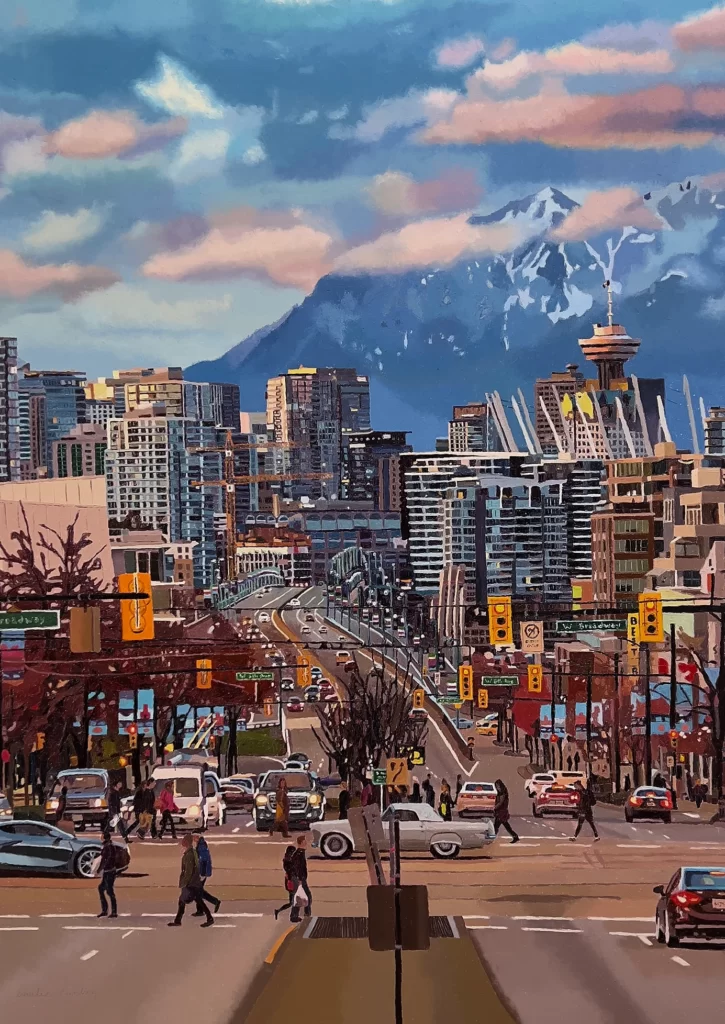
Implications and Potential Impact of Building a Creative Career
Building a creative career requires a lot of hard work, dedication, and passion. It’s not just about creating art but also about marketing oneself, networking, and finding opportunities. Emilie believes that embracing one’s identity as an artist is essential to building a successful creative career.
In terms of upcoming exhibitions, Emilie and her husband are working on a joint exhibition in St. John’s at Christina Parker Gallery, which will be in August of this year. They also have another exhibition in Vancouver at the Ian Tan Gallery, which is in November.
Overall, Emilie’s insights on building a creative career highlight the importance of setting personal goals, continuous learning, and embracing one’s identity as an artist. Living and working in a creative space can be advantageous, but it’s essential to maintain a work-life balance. The creative process involves using photographic references, editing in Lightroom, and considering the size of the piece. Building a creative career requires hard work, dedication, and passion, but it can lead to great opportunities and success.

Liked what you read?
Listen to this & other episodes on











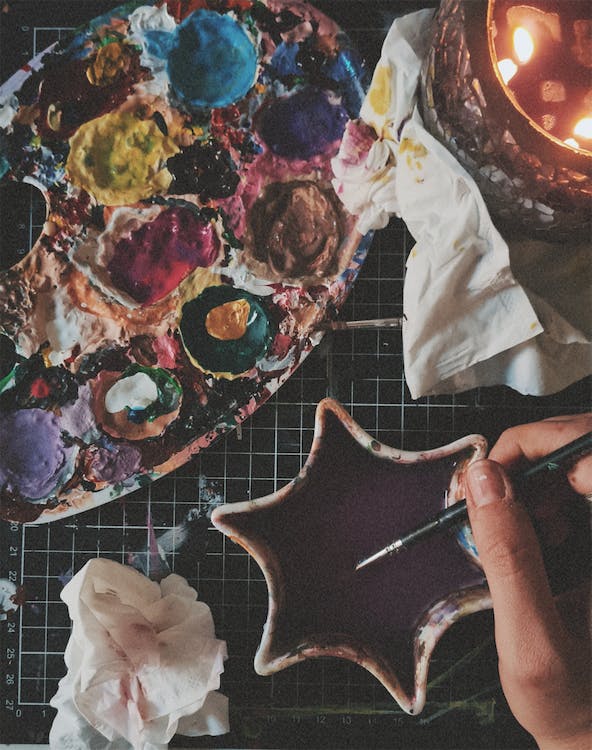
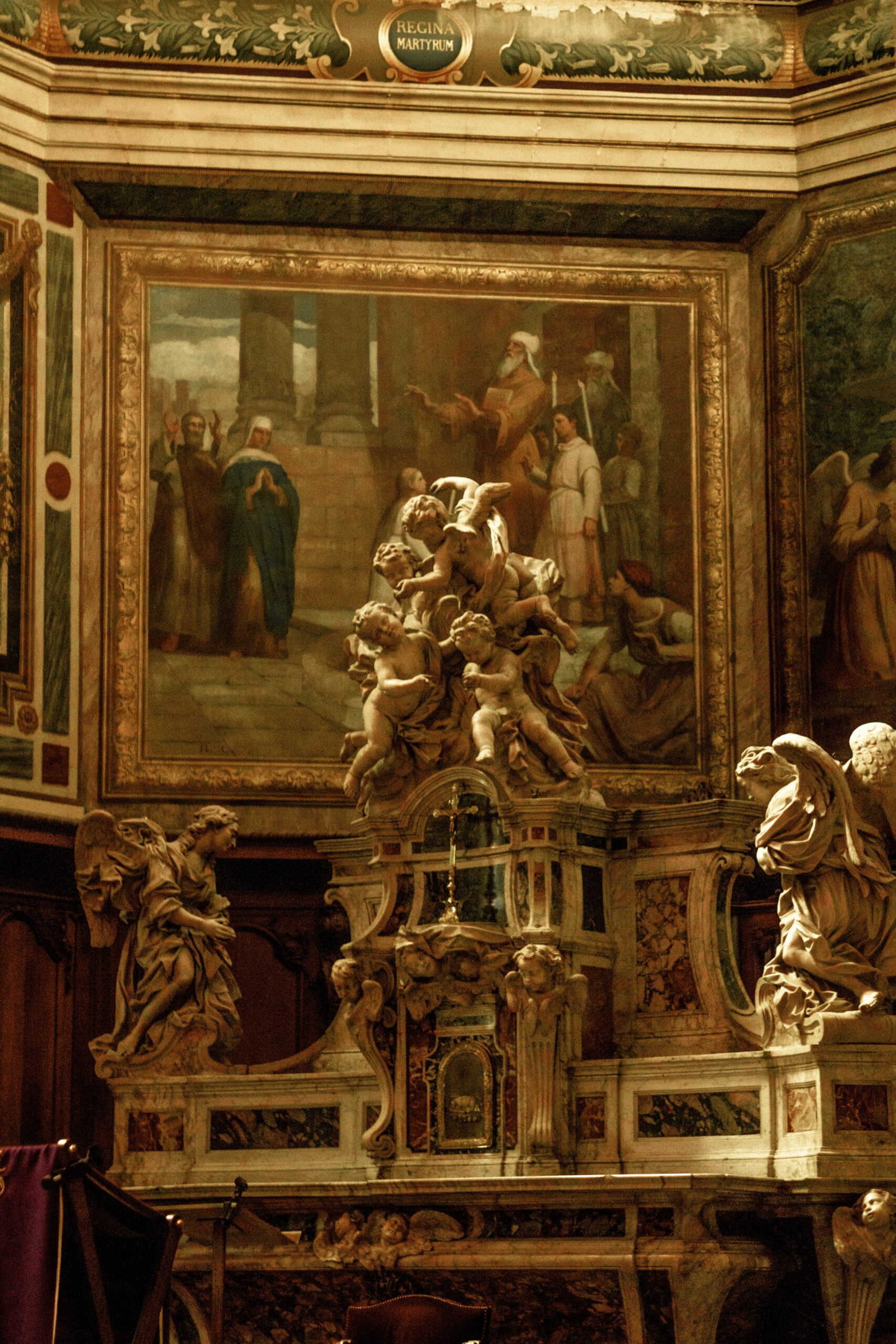

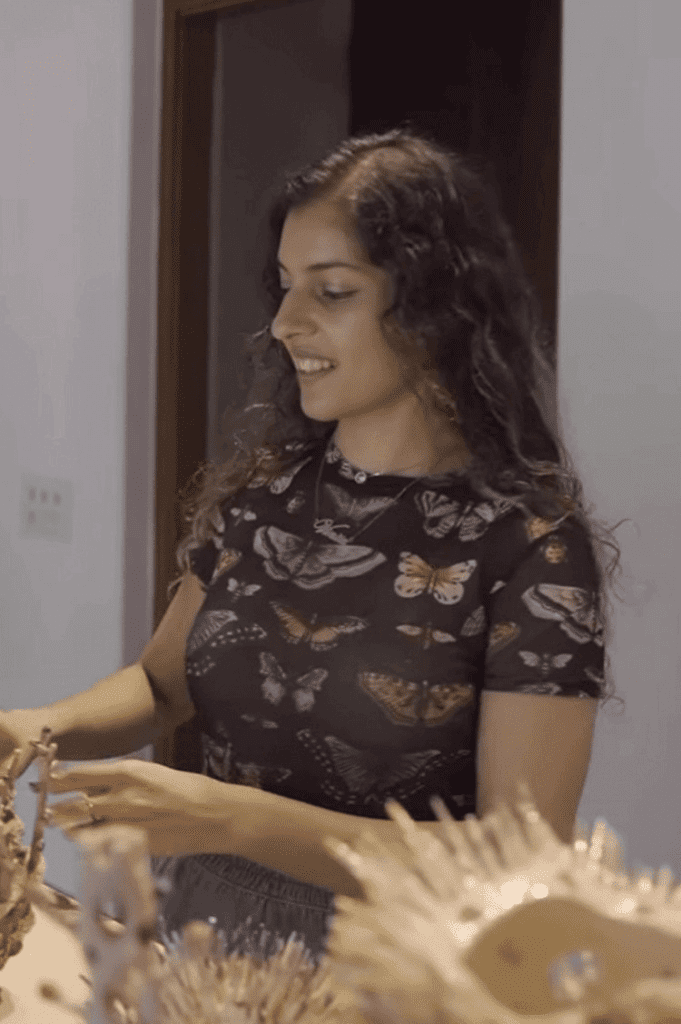

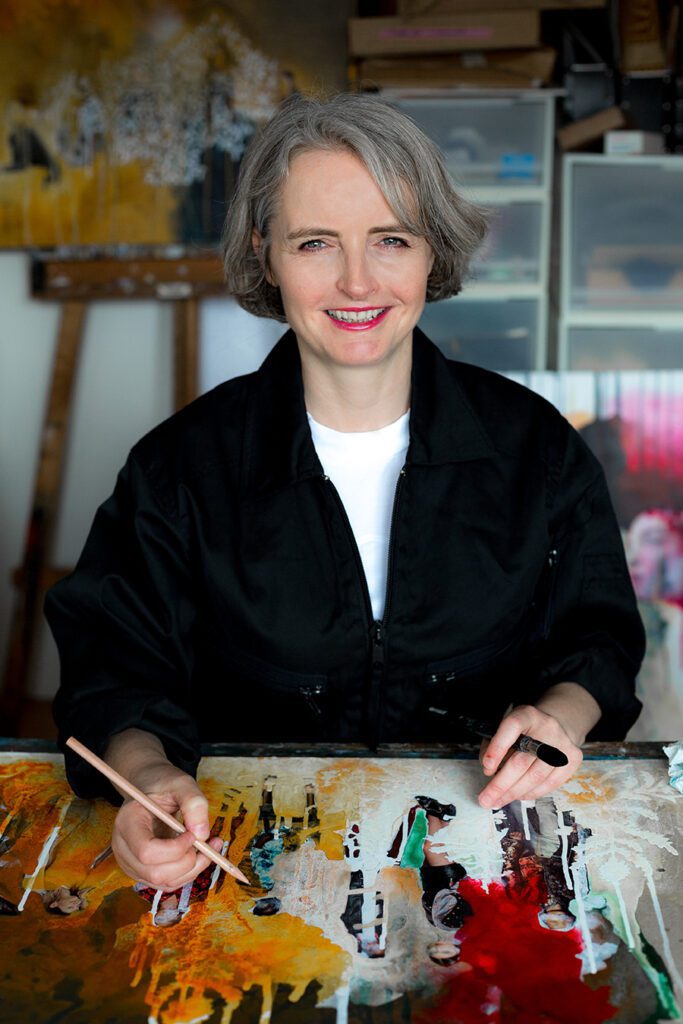
Comments 19